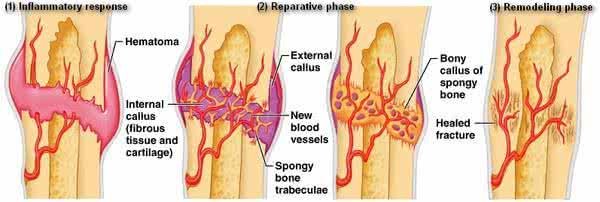What is acute coronary syndrome?
summary
Acute coronary syndrome (ACS) is a group of clinical syndromes with the pathological basis of coronary atherosclerotic plaque rupture or invasion and secondary complete or incomplete occlusive thrombosis, including acute ST segment elevation myocardial infarction, acute non ST segment elevation myocardial infarction and unstable angina pectoris (UA). What is acute coronary syndrome? Let's talk about it
What is acute coronary syndrome?
Paroxysmal retrosternal stuffy pain, compression or pressure, burning sensation, can radiate to the left upper arm, mandible, neck, back, shoulder or ulnar side of the left forearm, intermittent or persistent, accompanied by sweating, nausea, dyspnea, asphyxia, and even syncope, lasting more than 10-20 minutes,
Toothache, pharyngeal pain, epigastric pain, dyspepsia, chest pain or dyspnea. These are common in the elderly, women, diabetes, chronic renal insufficiency or dementia. In clinical practice, there is no typical chest pain, especially when the electrogram is normal or critical change, it is easy to be ignored and delayed treatment, so continuous observation should be paid attention to. Most ACS patients have no obvious signs.
Severe patients may have cold and wet skin, pale complexion, restlessness, jugular vein distention, etc. auscultation can hear pulmonary rales, arrhythmia, cardiac murmur, split heart sound, third heart sound, pericardial friction sound and galloping horse rhythm.
matters needing attention
Exercise tolerance assessment and individual physical exercise program should be made before discharge. For all patients with stable condition, it is recommended to take 30-60 minutes of moderate intensity aerobic exercise (such as brisk walking, etc.) every day for at least 5 days a week. In addition, resistance training should be carried out once or twice a week. Physical exercise should be carried out step by step and should not induce angina pectoris and other symptoms.











